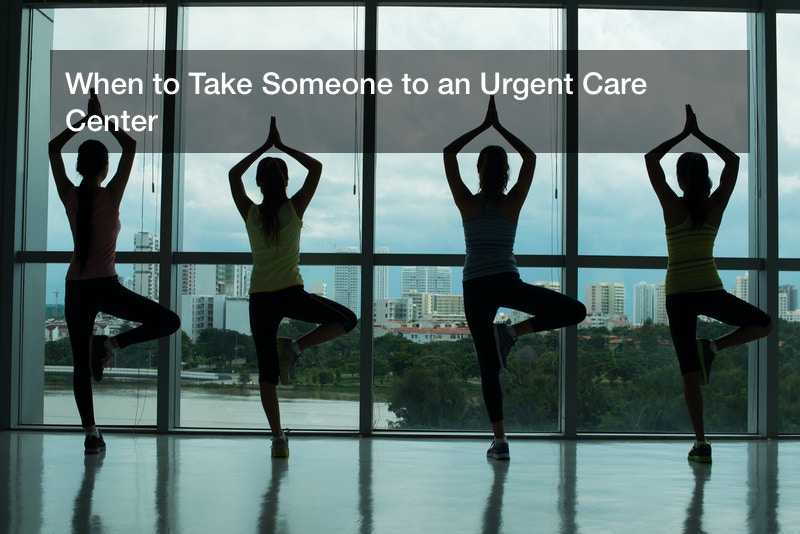

A person may suffer a number of illnesses or wounds during everyday life, and when this happens, it’s important to get medical care at once. If someone is ill or suffers an injury or other condition, a nearby responsible adult should take charge and find a local urgent care center, and take the victim there. Medical care clinics can be found across the United States, and all cities and most towns have at least one or two, if not several. When a victim needs care, a responsible party may use a PC or mobile device to conduct a search if they don’ already know the name and address of a local urgent care center. This may include queries such as “convenient health care San Diego CA” or “urgent care centers near me Atlantic City NJ.” The victim may then be taken to that urgent care center for treatment. The seeker may note, though, that some urgent care centers are open 24 hours a day while others have more limited hours of operation. When performing a search, the address, name, and hours of each urgent care center should be noted.
On Urgent Care Centers
An urgent care center is not a hospital or an emergency room, as ERs and hospitals deal with life threatening illnesses, conditions, and injuries. “Urgent” and “emergency” may sound similar, but Americans should take note that urgent care centers are for non life-threatening, everyday illnesses and wounds. Not that this makes urgent care centers any less important; in fact, the medical maladies that necessitate a visit to urgent care are common and need professional treatment. There’s a very real need for urgent care centers, and fortunately, there are plenty to choose from.
Many thousands of urgent care centers can be found across the United States today, and they tend to be small and independent clinics. Some of them may form local networks with one another if possible. Some rural areas and communities don’t yet have their own urgent care centers, but more are being built every year, and there will always be a need for them. These centers tend to be built into strip malls, making them easy to find and get parking for.
Some clinics are built into a larger building, such as retail or hospital clinics. Retail clinics are built into large retailers such as Target or Walmart or major grocery stores, and usually have a pharmacy on hand. Shoppers may appreciate the convenient chance to get their drug prescriptions refilled during shopping, for example. Such clinics may have somewhat different hours than the retailer itself, so shoppers should take note of those hours. Meanwhile, a hospital clinic is indeed built into a hospital, but the clinic’s staff and medical services are kept strictly distinct from those of the hospital itself. This makes it possible for a patient to make use of that clinic and leave without interacting with the hospital at all.
These clinics tend to be staffed with physicians and nurse practitioners, who will have the training, tool kits, and medicine needed to treat a wide variety of health ailments. A patient here may expect a wait time of around 15 minutes on average, and a clinic that’s running smoothly may see around three patients per hour. These clinics may accept a variety of healthcare insurance policies, though a patient may want to double check if theirs is accepted there.
Treatment
A patient at an urgent care center may have a wide variety of health ailments treated. Four in every five of these clinics can take care of a bone fracture, and most of them can also take care of ankle or wrist sprains. A patient may also visit to get an upper respiratory problem looked at, and a guest may also get medicinal relief from the common cold or flu or similar influenza. The patients there may also get bandages or stitches for shallow cuts, such as if they stepped on glass or mishandled a knife. Skin problems such as rashes or sunburn may be treated with lotion and ointment, too. Patients may also get medicinal relief from an upset stomach, and they may get prescription drug refills at the clinic’s pharmacy if need be.
